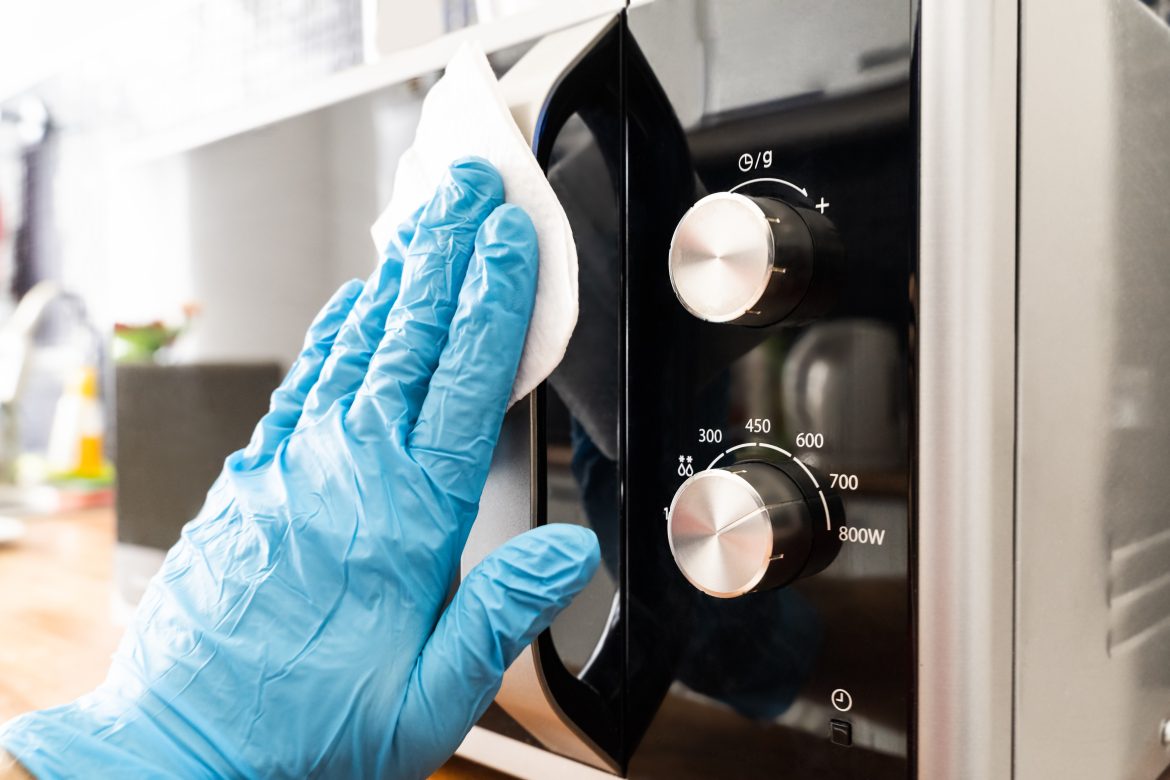A recent study conducted in Spain revealed that microwave ovens can contain hundreds of types of bacteria, some of which can withstand the radiation emitted during their operation.
Published in the Microbiology journal, the study tested 30 different microwave ovens, including 10 from homes, 10 from corporate hospitality centres, and 10 from research laboratories.
Researchers from Darwin Bioprospecting Excellence, a Spanish institute specialising in biological and bacterial studies, discovered 747 types of bacteria across 25 distinct bacterial families inside these ovens.
Notably, three types of bacteria commonly found in the human body and nature were identified: Firmicutes, Actinobacteria, and Proteobacteria.
The study found that the types of bacteria present in household microwaves were quite similar. However, significant differences were observed in microwaves in laboratories, where more diverse and resilient bacteria were detected, some of which exhibited greater resistance to radiation.
Similarities with Kitchen Surfaces
Interestingly, the researchers noted a strong resemblance between the bacteria found in household microwaves and those commonly found on kitchen surfaces.
Cleaning with a Damp Cloth
While some of these bacteria may pose health risks, the majority of bacteria found inside microwave ovens were deemed no more dangerous than those typically present on kitchen surfaces. The researchers advised regular cleaning of microwave ovens with disinfectant products and wiping down the internal surfaces with a damp cloth after each use to maintain hygiene.













